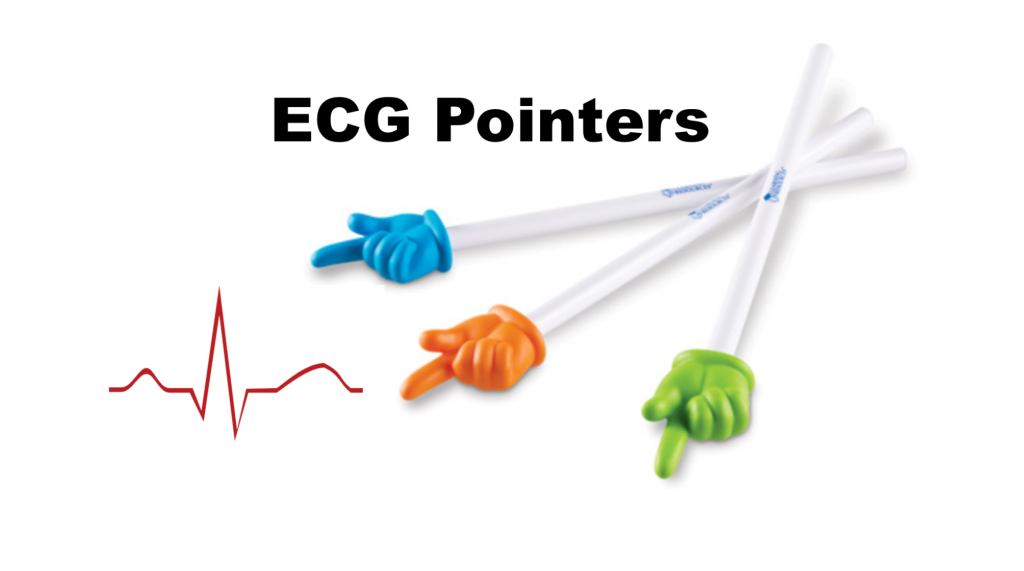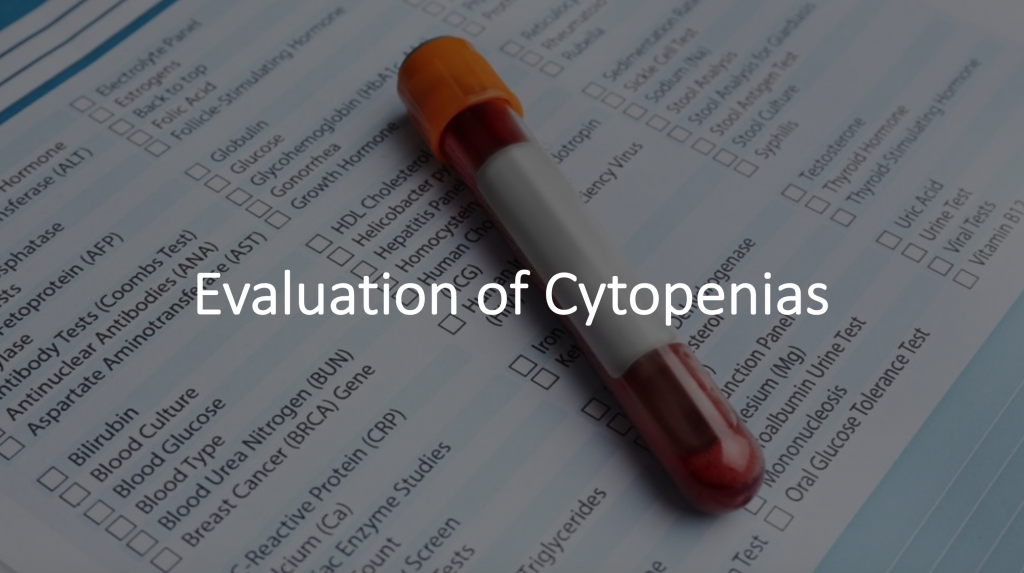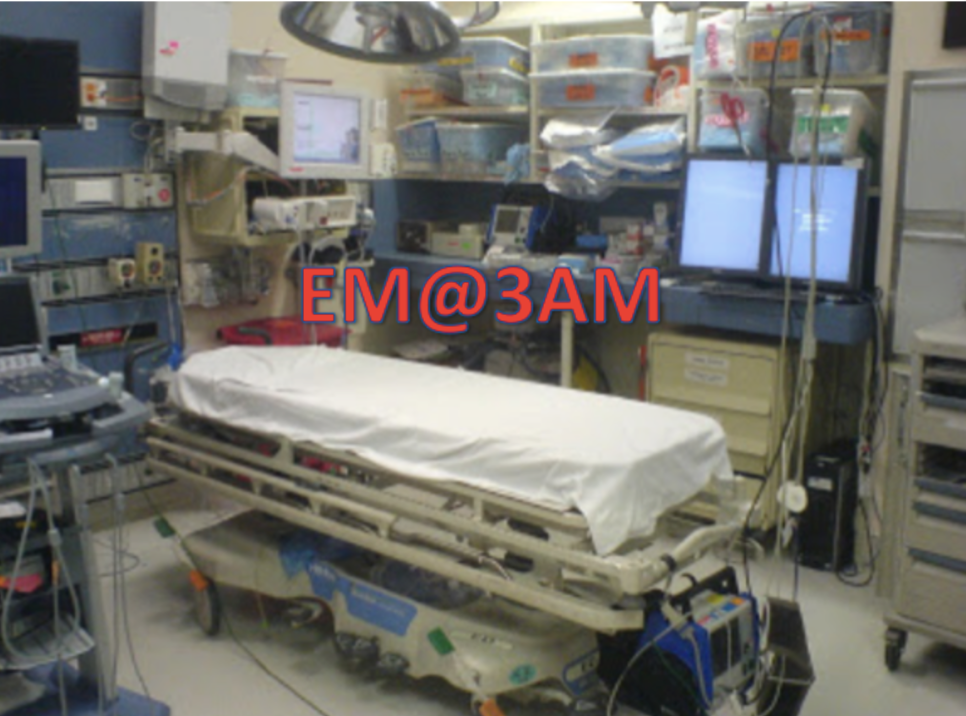Author: Kyle Smiley, MD (EM Resident Physician / San Antonio, TX); Jonathan Henderson, MD (PEM Attending, Washington, DC) Rachel Bridwell, MD (EM Attending Physician, Charlotte, NC) // Reviewed by: Alex Koyfman, MD (@EMHighAK, EM Attending Physician, UTSW / Parkland Memorial Hospital); Brit Long, MD (@long_brit, EM Attending Physician, San Antonio, TX) Welcome to emDOCs revamp! This series provides evidence-based updates to previous posts so you can stay current with what you need to know. An 8-year old male with a history of sickle cell anemia presents to the ED for evaluation of fever for 2 days and “feeling like I can’t get a full breath”. His immunizations are current and has received all pneumococcal vaccinations. His medical history is significant for three prior admissions for vaso-occlusive crises that have responded well to appropriate therapy, including pain control with NSAIDs and opioids, blood transfusions, antibiotics, and intravenous (IV) crystalloids. He has met all his developmental milestones and has no other chronic medical conditions. Triage vital signs include BP 127/81, HR 119, T 102.9 F temporal, RR 25, SpO2 89% on room air. Physical examination: General: Uncomfortable, tired Neuro: Acting appropriately for age, crying in pain, uncomfortable appearing, moving all 4 extremities with equal and reactive pupils HEENT: PERRLA, bilateral scleral icterus, TMs clear bilaterally, nasal mucosa unremarkable, oropharynx clear and moist, no lymphadenopathy CV: Sinus tachycardia, cap refill <2 secs Pulm: Tachypneic without mild accessory muscle use. Left lower lung field end demonstrates expiratory wheezing on auscultation. Other lung fields unremarkable. Abdomen: ND, NT, no guarding or rebound MSK: Tenderness to palpation over L ribs 7-9 Derm: No rashes Imaging: Image 1: Case courtesy of Miriam Leiderer, Radiopaedia.org, rID: 81468 Chest radiograph (CXR) shows new left lower lobe opacity What’s most likely diagnosis? Answer: Acute Chest Syndrome1-26 Epidemiology: Approximately 300,000 infants born annually worldwide with Sickle Cell Disease (SCD)1 Most commonly in sub-Saharan Africa, India, Middle East, Mediterranean populations Approximately 100,000 live in the US 50% of SCD patients will have >1 episode of Acute Chest Syndrome in their lifetime with approximately 150,000 ED visits for pain crises and acute chest annually, and the second most common reason for hospitalization in those with SCD2,3 Most common in pediatrics within SCD population Causes ~25% of SCD deaths Mortality rate of 4-9% in adults per episode Risk factors for severe acute chest syndrome4 Fever, O2 saturation <95%, asplenia, history of reactive airway disease, anemia, leukocytosis, adult age Pathophysiology: beta-chain mutation produces hemoglobin S5 HbS polymerization triggered by hypoxemia, acidosis, dehydration, pain and fever causing hemolysis and vaso-occlusive events Treatment with opioids and pain induce hypoventilation and local tissue hypoxia, further exacerbating sickling process Triggers identified in ~40% of cases2,6,7 Infection Fat embolism Pain crisis Environmental toxins (e.g.-smoke, high ozone levels, smog) Asthma/reactive airway disease (RAD) Diagnostic criteria7,8 Respiratory symptoms +/- fever (at least 38.0 C or 100.4 F) New radiodensity on CXR Although uncommon, can occur in sickle cell trait8 Presentation: Most commonly: Fever (80%), cough (62%), chest pain (44%), dyspnea (40%), and occasionally hemoptysis, reactive airway disease (13%)10,11 Presentation may be sudden in onset or be preceded by prodromal pain in extremities (40%) or thorax as well neurologic complaints of confusion or altered mental status Adult presentation: chest pain, dyspnea, pain prior to ACS, neurologic findings Pediatric presentation: fever, wheezing, and less commonly present with pain Based on the wide variety presentation, ACS should be considered in anyone presenting with respiratory symptoms, neurologic complaints, extremity complaints, or concern for pain crisis Rapidly progressive acute chest syndrome12 Progresses to respiratory failure within 24hrs of symptom onset Associated with multi-organ failure and death Consider in rapid drop in hemoglobin, low platelets, altered mental status, high fever Pulmonary hypertension may contribute to presentation13 Hypercoagulability, endothelial injury, chronic inflammation, chronic hemolysis, altered nitric oxide levels increase risk Up to 40% have increased pulmonary arterial pressure on echocardiogram Evaluation: Assess ABCs and begin resuscitation Wheezing often present and ~25% will be hypoxic, rales may also be present8 Pulse oximetry often overestimates true SpO2 Hypothermia, hypotension, vasoconstriction limit accuracy Only measures hemoglobin A, not hemoglobin S Up to 3x less accurate in black patients Tachycardia multifactorial: pain, hypoxia, anemia Often pale or jaundiced Consideration of pulmonary hypertension13 Symptoms are fatigue, SOB, CP, lightheadedness, syncope, palpitations Think about when patient has these and is fluid overloaded Look like acute chest but refractive to standard therapy SCD patients should receive echo every 1-3yrs as adult14 Tricuspid regurgitant jet velocity >2.5 m/s is associated with increased mortality Laboratory evaluation15 Complete blood count (CBC) for hemoglobin/hematocrit Reticulocyte count Complete metabolic panel Increased liver associated enzymes (LAEs), increased creatinine from acute kidney injury, increased bilirubin from intravascular hemolysis Electrocardiogram Type and screen Consideration for potential red blood cell transfusion Blood cultures empirically due to high risk for sepsis Respiratory viral panel Source detection Consider ABG if worsening respiratory status despite non-invasive oxygenation or concern for respiratory failure Imaging: Chest plain radiograph must demonstrate new infiltrate1,2,6-11 2-view if possible Sensitivity >85%, specificity <60% Lung US has better sensitivity CT not routinely recommended given sensitivity of CXR16 Can be used with negative CXR and high clinical suspicion CT pulmonary angiography if concern for PE or clinical suspicion high despite negative CXR Most patients with PE present with chest pain and SOB, complicating diagnosis SCD patients are hypercoagulable with 60% lifetime risk17 17% of acute chest patients have concomitant PE Lab findings suspicious for PE Baseline Hgb >8.2 g/dL, PLT >440,000 cells/uL, PaCO2 <38 mmHg Consider when rapid deterioration despite conventional therapy, cardiogenic dysfunction, concern for DVT on exam, unclear etiology for acute chest syndrome SCD patients have elevated D-dimer at baseline, decreasing utility of this test17 Treatment: ABCs—Allow patient to assume position of comfort: Hypoxia common and often multi-factorial secondary to respiratory splinting, pulmonary microvascular occlusion, anemia Therapeutic oxygen decreases RBC sickling Goal oxygen saturation >/=95%2,15 Bronchodilators administered only in patients with RAD and wheezing on auscultation Steroids should be avoided unless concomitant reactive airway disease or COVID positive Associated with increased risk




